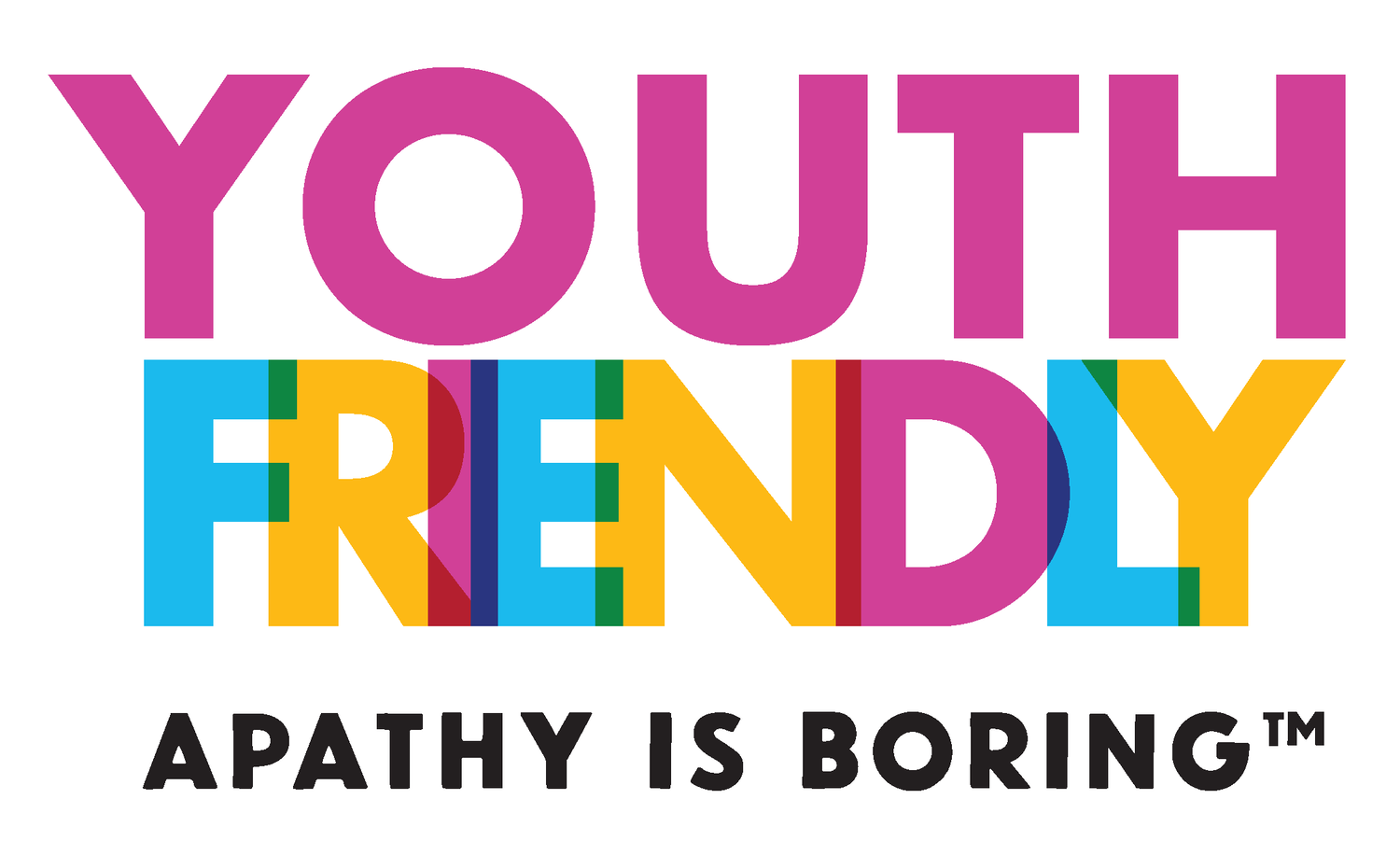Young People Play A Pivotal Role In Social Movements. Here Are Three Examples
Apathy is Boring’s RISE C8 Retreat in Halifax, Lumi Studios
United, youth hold a lot of power. When working together to fight for a common cause, they can enact meaningful change and raise awareness for the issues they care about. Today, with pressing issues like climate change and COVID-19, young Canadians are perhaps more impassioned than ever about creating an equitable, healthy and vibrant society. To make this vision a reality, they need their concerns, ideas and feedback reflected in the actions of Canadian institutions and organizations. The passion of youth combined with the decision-making power of organizations is what leads to real change. And historically, it’s a formula that works.
Youth-led advocacy is key to building a better future. To gain a stronger understanding of its influence, let’s talk about three key movements where young people took the lead.
Civil Rights Movement
During the 1960s, the general “counterculture” that was growing thanks to the Civil Rights movement in the United States found its way to Canada -- notably, Canadian campuses. On school grounds, Canadian students held protests, rallies, marches, sit-ins, and demonstrations to bring awareness to the human rights issues at hand. Along with physical protests, there were growing ideological objections that called into question the oppressive nature of establishments to vulnerable communities. At the forefront of these calls for change were working class and otherwise marginalized students who were most impacted by systemic inequity. This wave of youth-led action transformed Canadian society; solidifying the importance of social justice in mainstream culture for generations to come.
Québec Student Strike
In 2012, Canada experienced the longest student strike in its history, when students in Québec came together to protest against tuition fee increases. It lasted from February to September and involved major demonstrations throughout the province. Ultimately, the conflict ended with the creation of Bill 12, also referred to as Bill 78, which forced students back to class and limited their right to protest. But after a provincial election that brought a minority government led by Parti québécois into power, the bill was repealed and tuition fee increases were cancelled. While the conflict was going on, many adults in positions of power, such as politicians and prominent artists, signed a petition to stand in solidarity with the students. The movement raised awareness for the principle of free education and was ultimately an emblem of the impact that student mobilization can have on legislation.
Cancel Canada Day
This past summer, the online movement #CancelCanadaDay changed the way the annual holiday was presented and discussed in mainstream media. Started on social media, the trending campaign was led by Indigenous young people calling on Canadians to recognize the country’s history of violently colonizing Indigenous communities. These calls were further amplified with the discoveries of unmarked graves on former residential school grounds, which was a real time reminder of Canada’s dark legacy. The movement led to more media coverage about Canada’s history towards Indigenous people and fostered a space for Canadians to challenge the ethos of the day, and whether it should be celebrated. As a result, some Canada Day events across the country were cancelled to allow for reflection on the country’s treatment toward Indigenous people and other minority groups. Though the movement was not mobilized in person like other historical protests, it demonstrated how campaigns can make a meaningful, real life impact in the digital age.

